Home>Furniture & Design>Interior Design Trends>How Many Calories Is A Glass Of Chardonnay
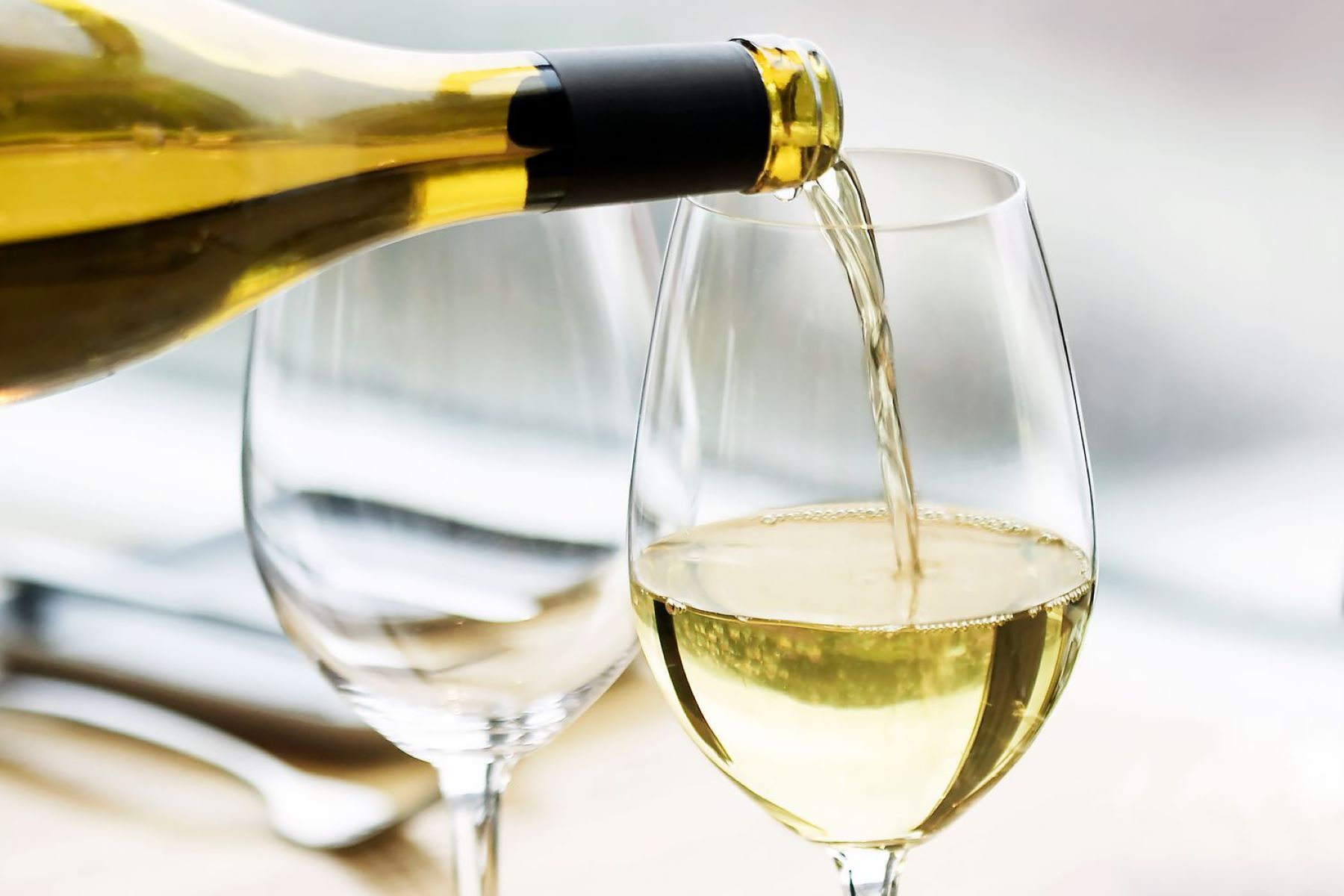

Interior Design Trends
How Many Calories Is A Glass Of Chardonnay
Modified: March 18, 2024
Discover the calorie count in a glass of Chardonnay and learn about the latest interior design trends. Explore the perfect balance between wine and home decor.
(Many of the links in this article redirect to a specific reviewed product. Your purchase of these products through affiliate links helps to generate commission for Storables.com, at no extra cost. Learn more)
Introduction
Chardonnay, a popular white wine varietal, has long been cherished for its delightful flavors and versatility. Whether enjoyed on a tranquil evening or paired with a delectable meal, Chardonnay has secured its place as a beloved choice among wine enthusiasts. However, amidst the pleasure of savoring this exquisite wine, it's essential to consider the caloric implications it carries. Understanding the caloric content of a glass of Chardonnay is crucial for those who are mindful of their dietary intake or are seeking to maintain a balanced lifestyle.
In the following sections, we will delve into the intricacies of Chardonnay, exploring its origins, flavor profiles, and the factors that contribute to its caloric content. Additionally, we will provide valuable insights into managing the calories in Chardonnay, empowering you to make informed choices while relishing this beloved libation. Let's embark on a journey to unravel the mysteries of Chardonnay and gain a deeper understanding of its caloric impact.
Key Takeaways:
- Enjoy Chardonnay mindfully by choosing standard 5-ounce servings and exploring lower alcohol options. Savor slowly and pair with lighter dishes for a balanced wine experience.
- Understanding Chardonnay’s caloric impact empowers mindful wine enjoyment. Choose dry styles, stay hydrated, and embrace a balanced lifestyle for a holistic approach.
Read more: How Many Carbs Is A Glass Of Chardonnay
What is Chardonnay?
Chardonnay, a prominent and versatile white wine grape, has garnered widespread acclaim for its adaptability to various winemaking techniques and terroirs. Believed to have originated in the Burgundy wine region of eastern France, Chardonnay has transcended geographical boundaries to establish its presence in vineyards across the globe. This esteemed grape varietal serves as the foundation for an extensive array of wines, ranging from crisp and unoaked to rich and buttery expressions.
Chardonnay wines are celebrated for their diverse flavor profiles, which can be influenced by factors such as climate, soil composition, and winemaking methods. The grape itself possesses a remarkable ability to reflect the characteristics of its terroir, resulting in a spectrum of flavors that encompass notes of citrus, tropical fruits, green apple, pear, and even subtle hints of vanilla and oak. This inherent versatility allows winemakers to craft Chardonnay wines that cater to a wide spectrum of palates, making it an enduring favorite among wine enthusiasts.
The winemaking process plays a pivotal role in shaping the final expression of Chardonnay. While some winemakers opt for stainless steel tanks to preserve the grape's natural fruitiness and acidity, others choose to ferment and age the wine in oak barrels, imparting complex layers of flavor and texture. This diversity in winemaking approaches contributes to the multifaceted nature of Chardonnay, offering consumers an extensive selection of wines to explore and enjoy.
Chardonnay's global prevalence has led to the emergence of distinct regional styles, each bearing the unique imprint of its terroir. From the renowned Chablis of France, known for its steely minerality, to the opulent and full-bodied Chardonnays of California, the grape's adaptability has given rise to an assortment of captivating wine styles that cater to varying preferences and occasions.
In essence, Chardonnay stands as a testament to the artistry and diversity of the winemaking world, captivating wine enthusiasts with its expressive nature and ability to embody the essence of the terroir. Its enduring popularity and ability to offer a spectrum of flavors make Chardonnay a cherished and indispensable component of the global wine landscape.
How Many Calories are in a Glass of Chardonnay?
The caloric content of a glass of Chardonnay can vary based on several factors, including the serving size and the wine's alcohol by volume (ABV). On average, a standard 5-ounce (150-milliliter) serving of Chardonnay contains approximately 120-130 calories. However, it's important to note that these figures are approximate and can fluctuate depending on the specific wine and its production methods.
The alcohol by volume (ABV) of Chardonnay typically ranges from 13% to 14.5%, with some variations leaning towards higher or lower percentages. As alcohol is a significant contributor to the overall caloric content of wine, Chardonnay's ABV plays a crucial role in determining its caloric impact. Generally, the higher the ABV, the greater the calorie count per serving.
In addition to alcohol content, residual sugar levels in Chardonnay can influence its caloric content. While Chardonnay is generally known for its dry profile, some winemakers may opt for a slightly sweeter style, which can result in a modest increase in calories per serving. However, the impact of residual sugar on the overall caloric content of dry wines like Chardonnay is relatively minimal compared to that of sweet or dessert wines.
It's worth noting that the serving size of a glass of Chardonnay can significantly affect its caloric contribution to one's diet. Larger pour sizes, common in certain social settings or when using oversized wine glasses, can lead to a higher calorie intake per serving. Being mindful of portion sizes is essential for those seeking to manage their caloric consumption while enjoying Chardonnay.
Understanding the caloric content of Chardonnay empowers individuals to make informed choices about their dietary intake, allowing them to savor this beloved wine while maintaining a balanced lifestyle. By considering the factors that influence the caloric content of Chardonnay, one can approach wine consumption with mindfulness and appreciation for its nutritional implications.
Factors Affecting the Calories in Chardonnay
The caloric content of Chardonnay is influenced by several key factors, each playing a significant role in shaping the overall nutritional profile of this beloved white wine. Understanding these factors is essential for individuals seeking to manage their dietary intake while indulging in the pleasures of Chardonnay.
Alcohol by Volume (ABV)
One of the primary determinants of the caloric content in Chardonnay is its alcohol by volume (ABV) percentage. Chardonnay wines typically exhibit ABV levels ranging from 13% to 14.5%, with variations that may lean towards higher or lower percentages. Alcohol contributes a notable portion of the total calories in wine, with each gram of alcohol yielding approximately 7 calories. As such, Chardonnay wines with higher ABV percentages tend to have a greater caloric impact per serving, making it crucial for individuals to be mindful of their consumption, especially when considering their dietary goals.
Read more: How Many Calories Is A Glass Of Whiskey
Residual Sugar Levels
While Chardonnay is renowned for its predominantly dry profile, the presence of residual sugar can modestly affect its caloric content. Some winemakers may opt for a slightly sweeter style of Chardonnay, which, although subtle, can result in a marginal increase in calories per serving. However, it's important to note that the impact of residual sugar on the overall caloric content of dry wines like Chardonnay is relatively minimal compared to that of sweet or dessert wines. Nonetheless, individuals monitoring their sugar intake should consider this factor when evaluating the nutritional implications of their wine selection.
Serving Size
The serving size of a glass of Chardonnay significantly influences its caloric contribution to one's diet. A standard 5-ounce (150-milliliter) serving of Chardonnay typically contains approximately 120-130 calories. However, larger pour sizes, often encountered in social settings or when using oversized wine glasses, can lead to a higher calorie intake per serving. Being mindful of portion sizes is crucial for those aiming to manage their caloric consumption while enjoying Chardonnay, as it allows for a balanced approach to wine appreciation.
By considering these factors, individuals can gain a comprehensive understanding of the elements that impact the caloric content of Chardonnay. This knowledge empowers them to make informed decisions about their wine consumption, aligning their enjoyment of Chardonnay with their dietary objectives and overall well-being.
Tips for Managing Calories in Chardonnay
-
Mindful Pouring: Be conscious of the pour size when serving Chardonnay. Opt for standard 5-ounce (150-milliliter) servings to moderate your calorie intake. Using measuring devices or marked glassware can help maintain portion control and align with your dietary goals.
-
Explore Lower ABV Options: Seek out Chardonnay wines with lower alcohol by volume (ABV) percentages. Wines with ABV levels on the lower end of the spectrum can offer a lighter caloric impact per serving while still delivering the delightful flavors and aromas characteristic of Chardonnay.
-
Choose Dry Styles: Embrace the classic dry profile of Chardonnay. Dry wines typically contain less residual sugar, contributing to a lower caloric content compared to sweeter styles. By opting for drier expressions of Chardonnay, you can savor the wine while managing your sugar and calorie intake.
-
Balanced Lifestyle: Incorporate Chardonnay consumption into a balanced lifestyle that includes regular physical activity and a well-rounded diet. By maintaining an overall healthy lifestyle, you can indulge in the pleasures of Chardonnay while effectively managing your caloric intake.
-
Savor and Sip Slowly: Take the time to savor each sip of Chardonnay, allowing the flavors to unfold gradually. Sipping slowly not only enhances the tasting experience but also promotes mindful consumption, enabling you to appreciate the wine while being mindful of your calorie consumption.
-
Hydration is Key: Stay hydrated while enjoying Chardonnay. Alternating between sips of water and wine can help pace your consumption, prevent overindulgence, and support overall hydration, contributing to a balanced approach to enjoying Chardonnay.
-
Pair with Lighter Fare: When indulging in Chardonnay, consider pairing it with lighter, nutrient-rich dishes. Opt for fresh salads, grilled seafood, or lean poultry to complement the wine's flavors while aligning with a balanced dietary approach.
By incorporating these tips into your wine enjoyment, you can savor the allure of Chardonnay while effectively managing its caloric implications. This balanced approach allows you to relish the wine's nuances while maintaining a mindful perspective on your dietary intake.
A 5 oz glass of Chardonnay typically contains around 120-130 calories. Be mindful of portion sizes to manage your calorie intake.
Conclusion
In conclusion, the allure of Chardonnay extends beyond its captivating flavors and global prominence, encompassing a nuanced interplay of factors that influence its caloric content. By unraveling the mysteries of Chardonnay's caloric implications, individuals can approach their wine enjoyment with mindfulness and informed decision-making, aligning their dietary goals with the pleasures of this esteemed varietal.
Understanding the caloric impact of Chardonnay involves considering the interplay of alcohol by volume (ABV), residual sugar levels, and serving sizes. These elements collectively shape the wine's nutritional profile, offering valuable insights for those seeking to manage their dietary intake while indulging in the delights of Chardonnay.
By embracing a balanced approach to Chardonnay consumption, individuals can savor the wine's diverse expressions while aligning with their dietary objectives. Mindful pouring, exploration of lower ABV options, and a preference for dry styles enable wine enthusiasts to relish Chardonnay while managing their caloric intake. Pairing the wine with lighter fare and savoring each sip mindfully further enriches the overall wine appreciation experience, fostering a harmonious balance between enjoyment and well-being.
Ultimately, the journey of understanding the caloric content of Chardonnay empowers individuals to make conscious choices, fostering a deeper appreciation for this beloved varietal while maintaining a holistic approach to their dietary and lifestyle goals. By integrating these insights into their wine enjoyment, individuals can elevate their appreciation of Chardonnay, embracing its nuances while nurturing a mindful and balanced perspective on their dietary intake.
In essence, the world of Chardonnay beckons with a tapestry of flavors and a wealth of experiences, inviting wine enthusiasts to savor its charms while embracing a holistic approach to well-being. Through knowledge, mindfulness, and a celebration of the wine's diversity, individuals can embark on a journey of wine enjoyment that harmonizes with their dietary aspirations, enriching their lives with the timeless allure of Chardonnay.
Frequently Asked Questions about How Many Calories Is A Glass Of Chardonnay
Was this page helpful?
At Storables.com, we guarantee accurate and reliable information. Our content, validated by Expert Board Contributors, is crafted following stringent Editorial Policies. We're committed to providing you with well-researched, expert-backed insights for all your informational needs.
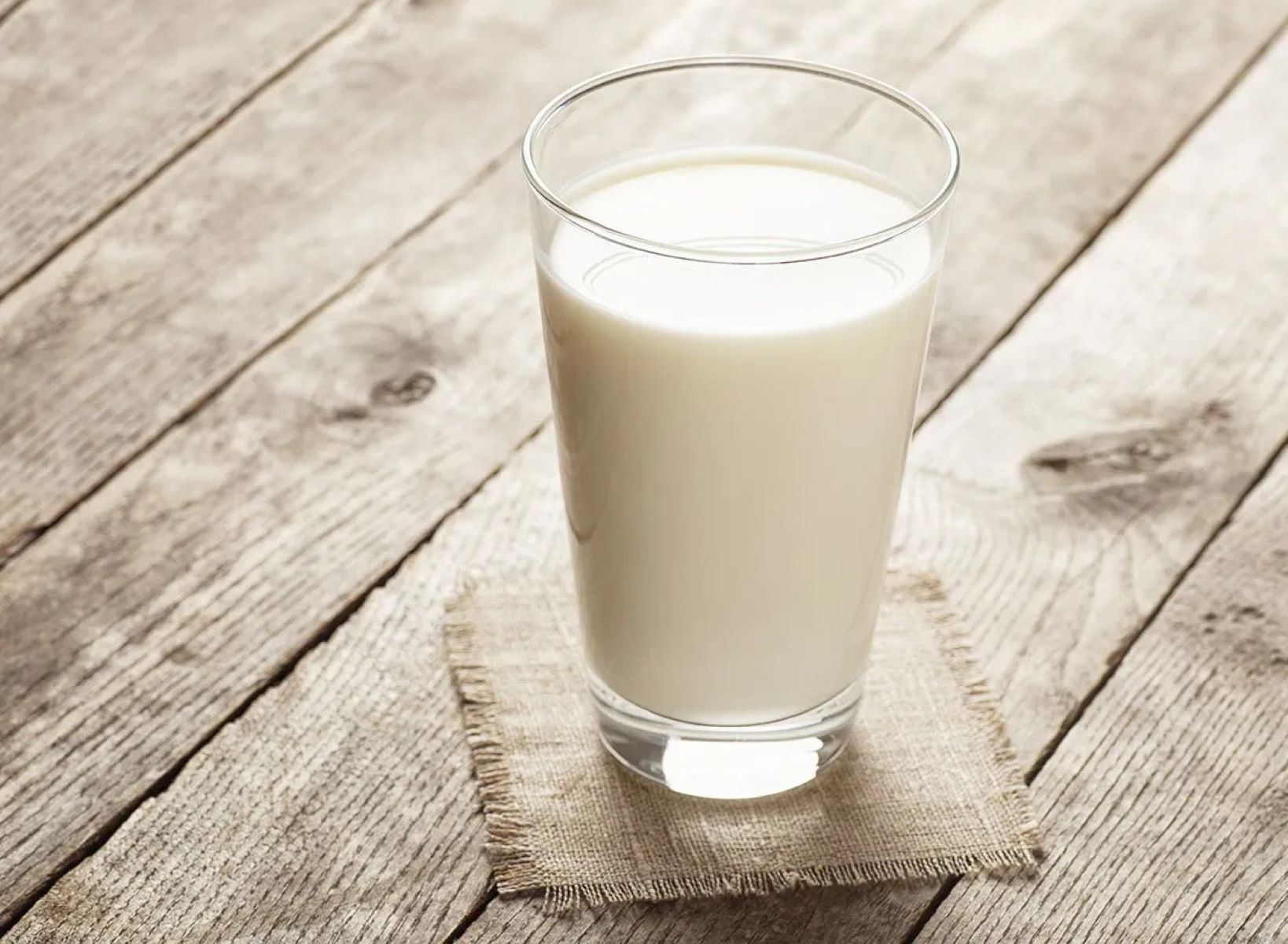



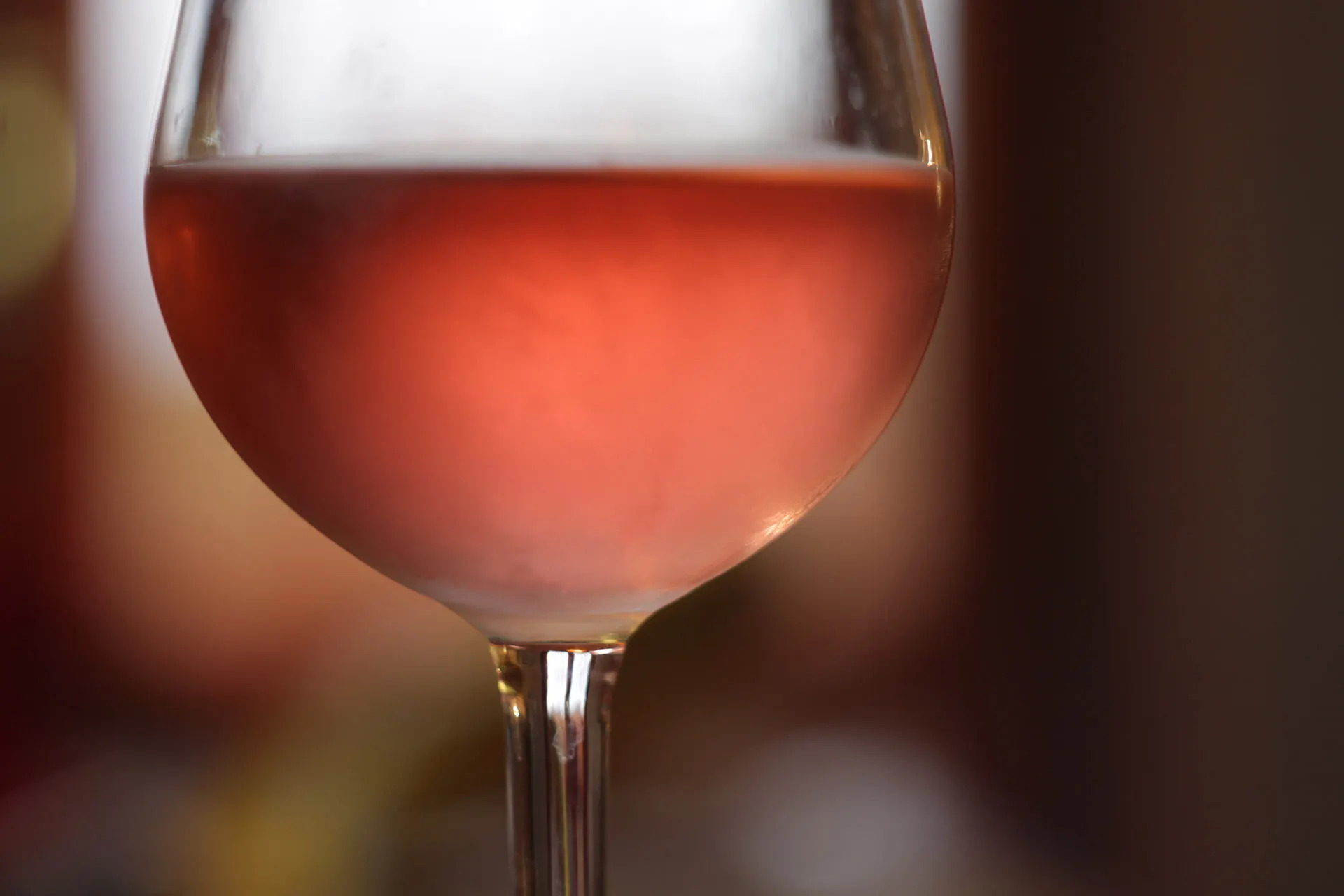

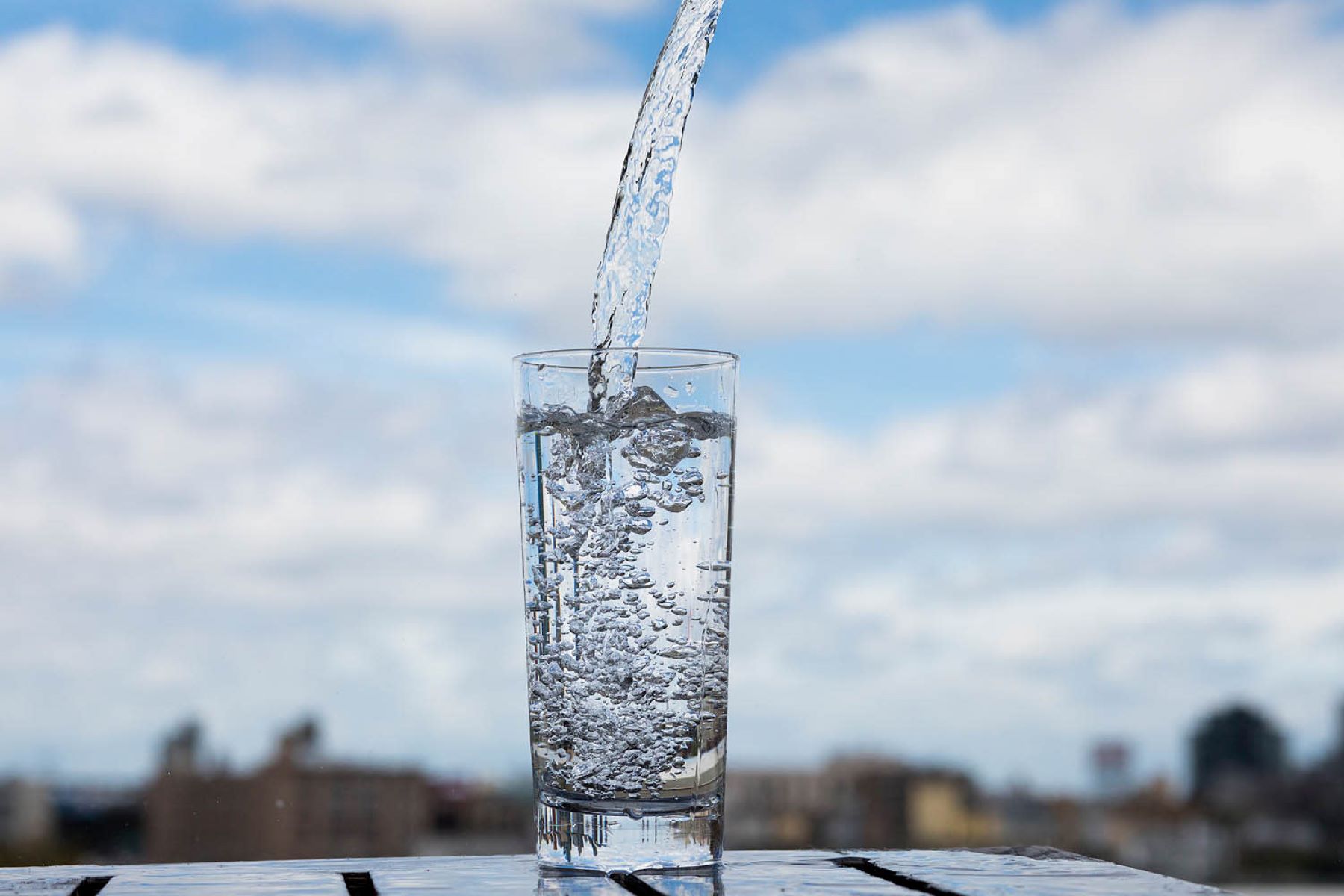
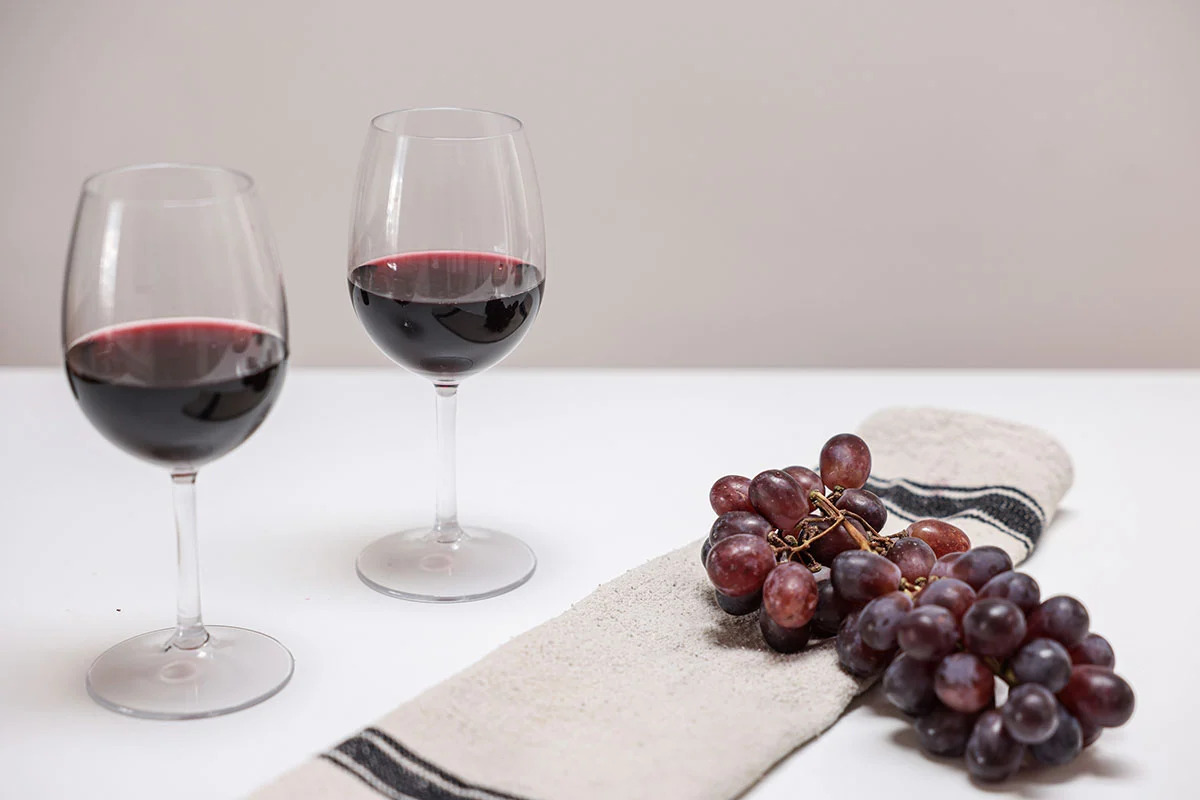



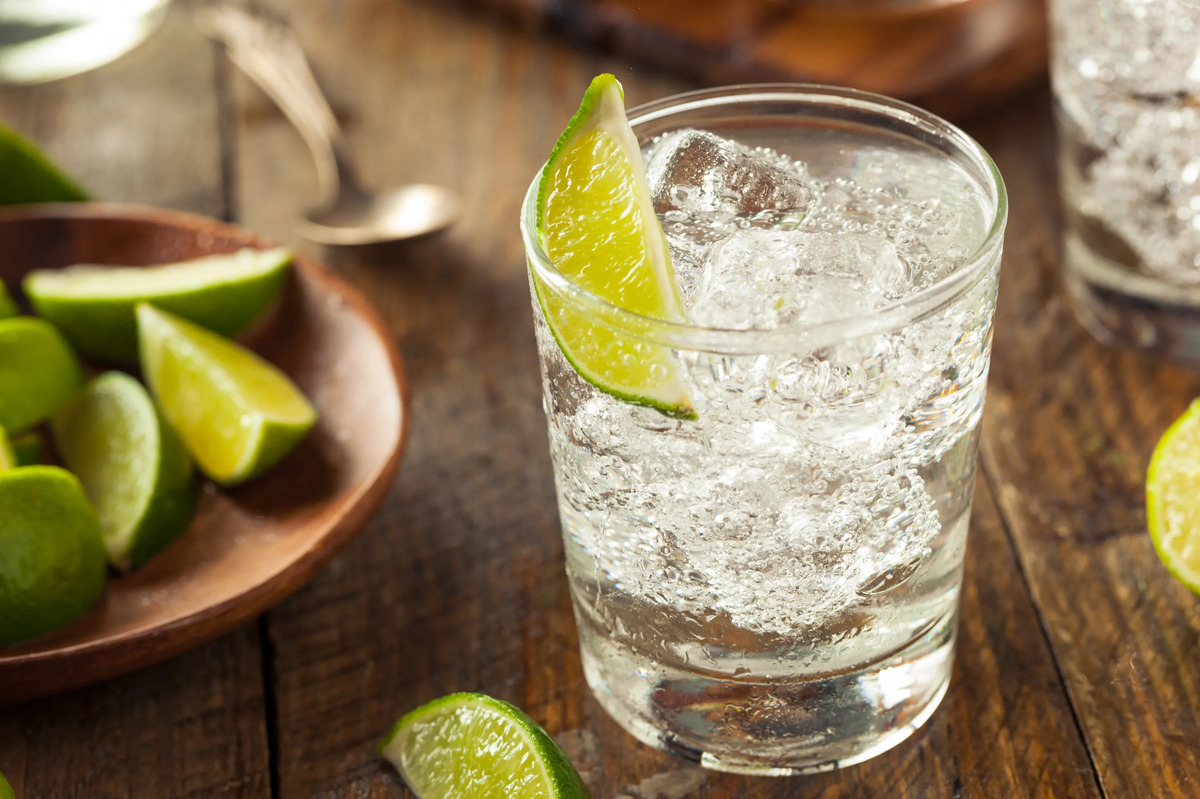
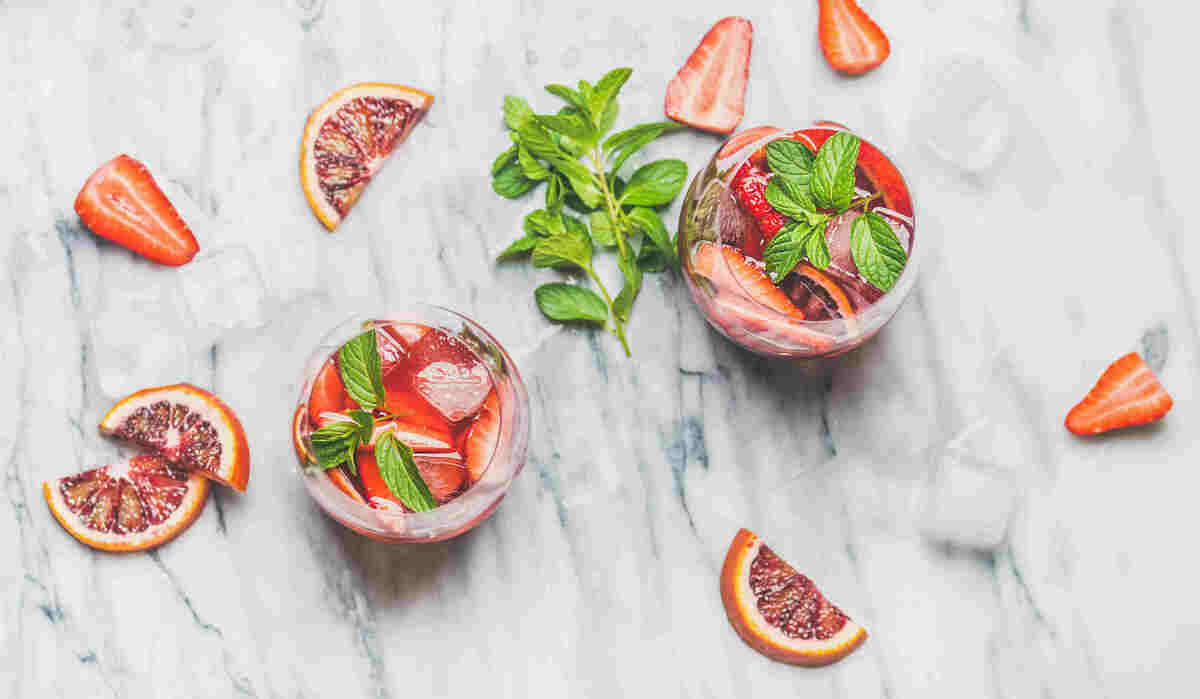
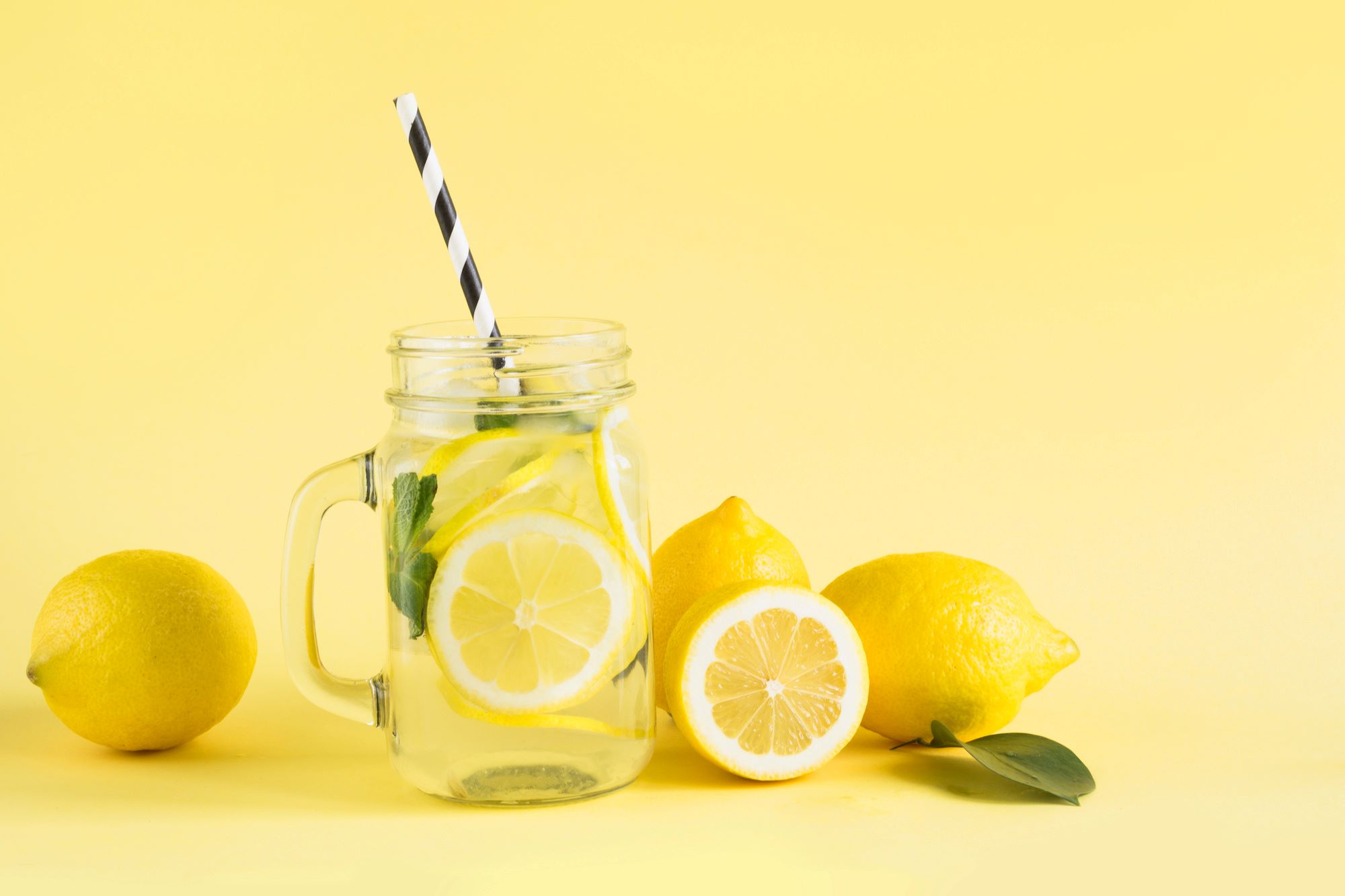

0 thoughts on “How Many Calories Is A Glass Of Chardonnay”